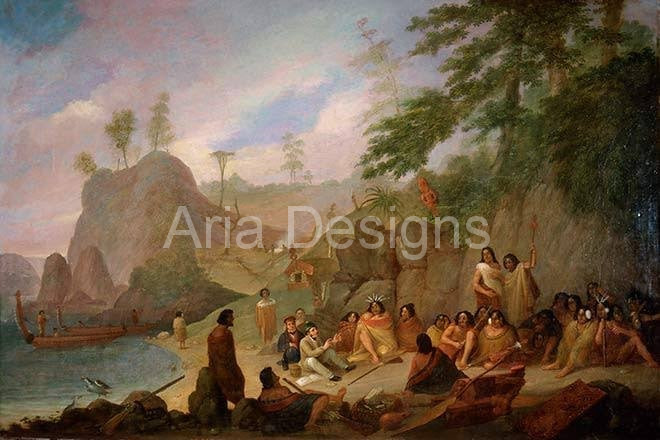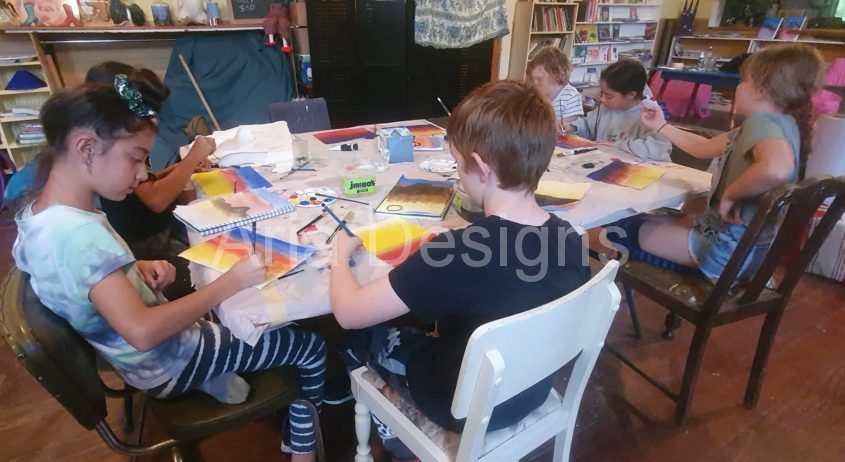‘He toi whakairo he mana tangata’
‘Where there is artistic excellence there is human dignity’
Dedicated by blood – Renaissance of Ta Moko by Gordon Hatfield
When I returned to Whangaroa in 2006, the first thing I did was scan the community for creative expression, output and participation.
To my dismay, the ‘Jandal’ fence in Kaeo was oddly all I found.
How could this be I wondered? Knowing full well there was a rich cultural heritage here in Kaeo/Whangaroa abound with Pu Rakau – legends, Taiao – the natural world and many many layers of human experience.
So, I turned to our Marae, the last frontier of tikanga Maori, only to find them also, artistically barren. No signs of cultural identity to adorn the walls, no symbols or visual recordings of who we are, our past, present and future erased from our collective psyche.
This observation was and still is incredibly disturbing for me to grasp.
Why are a large percentage of our marae unadorned?
Why only one history being told?
Why is our cultural identity visually non – existant?
So, my research into this phenomenon began.
Pre – treaty, Whaingaroa was a hub for creative innovation, evidenced in Toi iho found in museums and private collections throughout the world. By the 1850’s, this was all gone.
‘There is no question that the tribes of the Bay of Islands and Hokianga were rich in art works. In fact in the scene painted by Earle of his meeting with the wounded cheif Hongi Hika in November 1827 at the Bay of Islands, objects of art are much in evidence – two fully decorated war canoes in the sea, a carved canoe prow on the beach, a fully carved poupou laying on the sand, a decorated pataka in the background, a memorial post up on the hill, cloaks and capes to start a reasonable museum collection and enough tattooed faces and thighs to excite any artist. Truly Te Rarawa, Ngati Kahu, Ngati Hine and Ngapuhi were artistically wealthy in 1827 but within a short time afterwards they lost it all’.
By the 1850’s, this was all gone.

The visual arts is an integral part of our collective cultural identity.
It expresses where we have come from, and where we are going, providing us with a direct spiritual link to Tupuna, nga Atua and Tangata.
If our story is to be told, then who better than us to tell it?
Restoration of our Visual Art practices
Kaitiakitanga – Revive & re-energise our Pu Rakau unique to us using the communicative power of traditional and contemporary Maori visual arts.
Whanaungatanga – Encourage collectivity, collaboration and connection.
Matauranga – Transferal of inner knowledge using a visual language.
Tinorangatiratanga: Innovation through creative experimentation.
Rangatahi are especially significant to maintaining our creative life force. As the true holders of Whangaroatanga – purakau and taonga toku iho.

Toi Ora – Creative health and well being
A maori kaupapa utilising the visual arts as a means to help relieve stress by providing creative tools to manage and express thoughts and feelings. Especially relevant to these times of global dis – ease.
Find more about this initiative under the Visual Art workshops tab.
Community projects – This is an ongoing mahi and one I enjoy participating in. There is no other audience more important to me then that of my own community/whanau/hapu.
Find examples of completed murals/paintings under the community projects tab.
Private commissions – paintings for special events, functions, anniversaries and memorials. I enjoy commission work because it gives me a content/context that someone else has provided for me to explore and draw visuals from.
Retail supply – Produce a body of Maori culture inspired painting on canvas, paper and board of high quality.